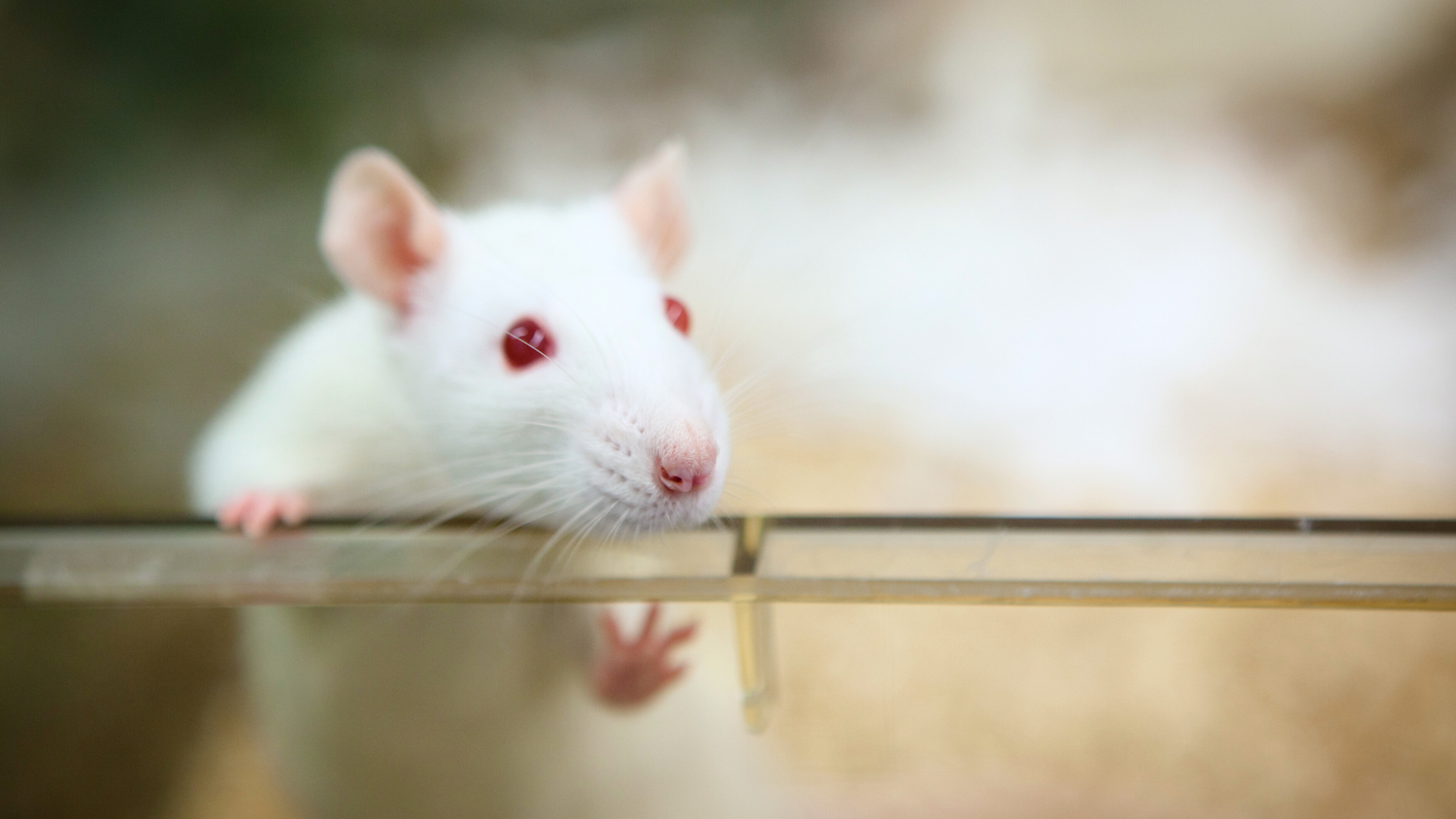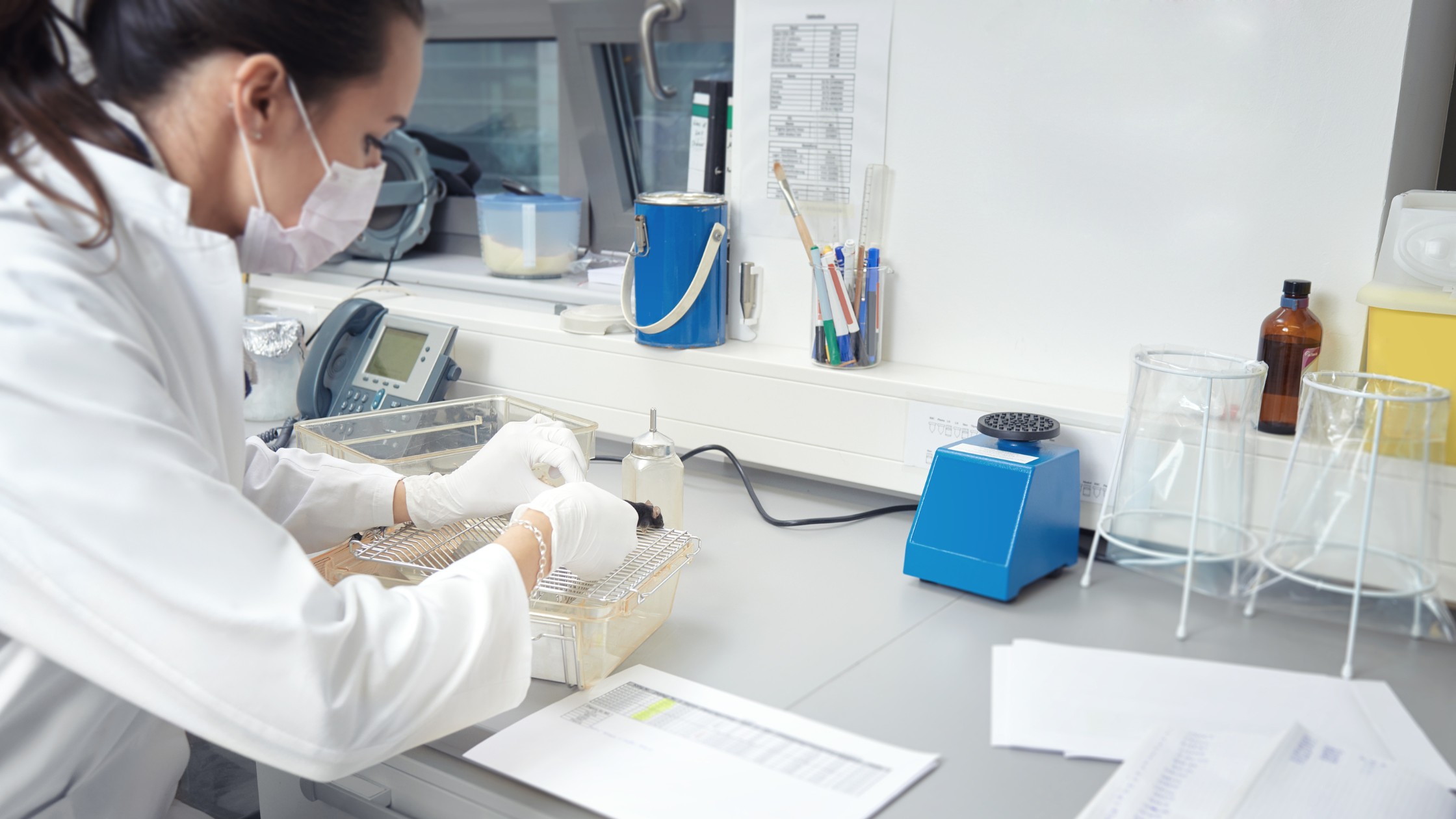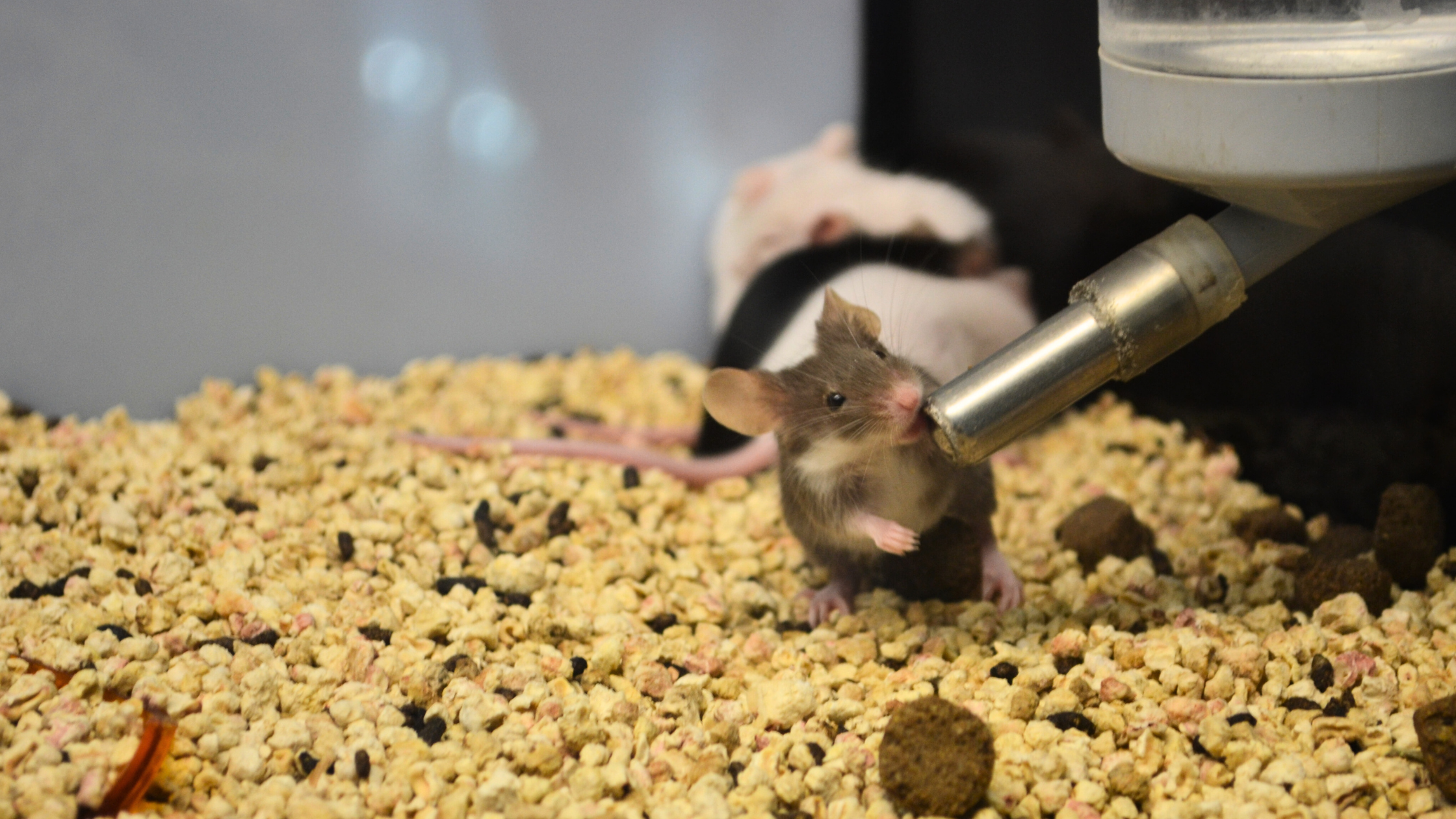Operational efficiency is crucial in vivarium management, directly influencing animal welfare, research integrity, and facility productivity. One frequent yet often overlooked inefficiency is the separate scheduling of cage lid (hydration sources) and cage bottom (bedding) changes. Fortunately, modern solutions provide a practical method to synchronize these tasks, reducing labor and enhancing animal welfare.
Understanding the Operational Challenge
Vivarium operations commonly manage separate schedules for changing cage bedding and replacing water bottles or hydration devices. This approach inadvertently doubles the labor involved, increases workflow complexity, and heightens the risk of errors and contamination. Each cage handling event is labor-intensive, contributing to staff burnout and potential ergonomic injuries due to repetitive motions.
According to recent studies, consolidating routine cage maintenance tasks significantly reduces labor demands and operational costs. For example, one research facility achieved substantial labor savings—over 3,000 technician hours annually—by extending sanitation intervals of cage components¹. Additionally, Seattle Children's Research Institute successfully applied Lean management practices to reduce cage-changing frequency by 17%, demonstrating the value of efficient scheduling².
Workflow Complexity and Scheduling Challenges
Managing separate cage maintenance tasks complicates daily operations. Vivarium staff must track different schedules for water and bedding changes, creating logistical challenges and increasing the likelihood of errors, such as overlooked water replacements. This complexity disrupts workflow continuity and consumes valuable technician time.
Synchronized scheduling, however, reduces complexity and boosts productivity. Lean management studies confirm that harmonizing cage maintenance schedules creates a more streamlined, error-resistant workflow, benefiting both staff and animals².
Animal Welfare and Cage Disturbances
Frequent cage disturbances directly impact animal welfare. Studies indicate even routine cage changes trigger stress responses in rodents, including elevated corticosterone levels and altered behaviors, which can compromise experimental data accuracy³. Reducing cage disturbances is therefore essential for both animal well-being and research quality.
By synchronizing hydration and bedding changes, facilities can significantly reduce cage-handling frequency, minimizing stress-related disruptions. Facilities that have adopted synchronized cage management practices report improved animal welfare and more stable environmental conditions³,⁴.
Reducing Contamination Risks
Each cage-handling event increases the potential for contamination, risking pathogen transmission and allergen exposure to staff⁵. Frequent handling required by separate cage maintenance schedules amplifies these risks. Conversely, synchronized cage changes significantly lower contamination risks by limiting cage openings.
AquaPak®: A Solution for Synchronized Cage Maintenance

ClearH2O’s AquaPak® hydration pouches provide a practical solution for synchronizing cage maintenance tasks. Offering a commercially sterile, pre-filled hydration source, AquaPak® eliminates the labor-intensive processes of bottle filling and sterilization. Each 450mL pouch lasts about 14 days depending on cage density, aligning seamlessly with common bedding-change intervals, allowing both hydration and bedding tasks to be performed simultaneously⁶.
Facilities implementing AquaPak® report substantial operational improvements:
- Reduced Labor: Significant reduction in labor-intensive bottle preparation and cleaning.
- Simplified Workflow: Consolidated tasks streamline scheduling and enhance operational efficiency.
- Improved Animal Welfare: Fewer cage disturbances and continuous access to clean water enhance animal well-being and experimental consistency³.
- Enhanced Contamination Control: Sterile, disposable pouches minimize contamination risks.
Transforming Vivarium Operations
Separate cage lid and bedding maintenance schedules introduce inefficiencies, increased labor costs, heightened contamination risks, and increased risk of compromising animal welfare. ClearH2O’s AquaPak® provides a strategic and practical solution, allowing vivariums to synchronize cage maintenance tasks efficiently. Book a consultation with our team to explore if AquaPak® is right for your facility.
References
- Extended Sanitation Intervals for Cage Components and Automated Watering Valves: Validation and Cost Analysis
- Iterative Development of Visual Control Systems in a Research Vivarium
- Cage change influences serum corticosterone and anxiety-like behaviors in the mouse
- Evaluation of Extended Sanitation Interval for Cage Top Components in Individually Ventilated Cages (IVCs)
- Protecting Animals and Vivarium Workers in a Rodent Facility
- Mitigating Labor Challenges in Animal Research Facilities with Efficient Hydration Solutions




Leave a comment
All comments are moderated before being published.
This site is protected by hCaptcha and the hCaptcha Privacy Policy and Terms of Service apply.